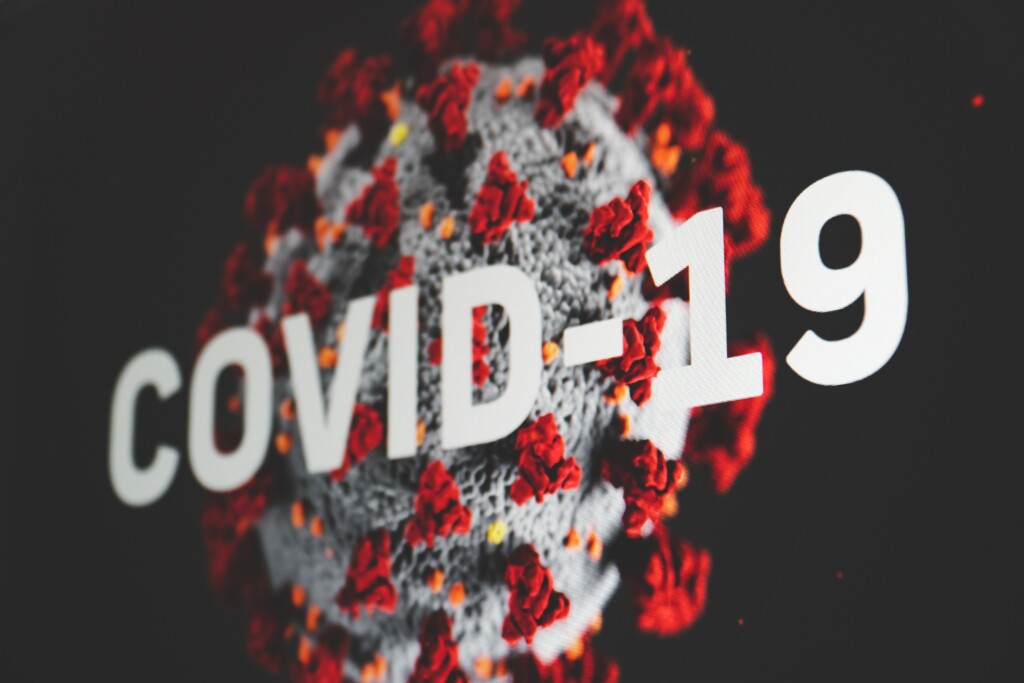
Blog
February 18, 2025 | Source: Mercola.com | by Ashley Armstrong
Many are now well aware of the health consequences of overconsuming unsaturated fats in our diet. However, what many don’t realize is that the fat composition within the human body has fundamentally changed over the past century.
There has been a drastic shift in the sources of our dietary fat intake — from a diet historically rich in saturated fats to one now dominated by polyunsaturated fats. And this diet change has changed the internal environment inside of us!
One study highlights this change, showing that “adipose tissue linoleic acid has increased by 136% over the last half-century and that this increase is highly correlated with an increase in dietary LA intake over the same period of time.”1
This means that modern humans have fundamentally different fat composition than their ancestors. Unlike our great-great-grandparents, whose body fat was composed predominantly of stable, saturated fats, modern humans now store significantly more polyunsaturated fats (PUFAs), particularly linoleic acid.
This shift isn’t just a trivial change — it has profound implications for human health, metabolism, and inflammation! For example — saturated fat leads to less cellular reductive stress relative to unsaturated fats,2 which has a positive impact on metabolic rate.
The types of fat inside us directly reflect the types of fat we consume.3 This means that dietary fat intake can significantly alter human biochemistry because … we are what we eat. Dietary fat isn’t just an energy source, but it is also used structurally inside of us!
As one study observed, “Mean linoleic acid concentration of adipose tissue was initially 10.9%. During the latter part of the trial, which lasted eight years for some subjects, linoleic acid concentration in adipose tissue approached an asymptotic level of 33.7% among good adherers.”4
The ‘good adherers’ were the subjects who increased their unsaturated fat intake, adhering to the common but misleading belief that more unsaturated fat and less saturated fat is beneficial for our health.
Unfortunately, reversing this unsaturated body fat trend (and becoming more saturated inside of us) requires more than just minor dietary tweaks; it also takes patience and time to restore the body’s fatty acid composition to a healthier balance.
Reducing PUFA Intake — A Long-Term Investment in Health
One effective strategy to improve fatty acid composition is to reduce dietary PUFA intake. One study demonstrated that lowering linoleic acid consumption from 6.7% to 2.4% resulted in significantly reduced levels of harmful byproducts in the plasma in just 12 weeks.5 However, because stored body fat differs from plasma concentrations, the transition to a healthier fat composition takes time.6
Dietary fats have a long half-life within the body. Research shows that the half-life of stored linoleic acid is approximately 680 days,7 meaning it can take nearly two years to meaningfully shift fatty acid composition within adipose tissue. This underscores the importance of consistently limiting PUFA intake while prioritizing saturated-fat-rich sources over time.
While occasional consumption of PUFA-rich foods won’t derail health, the fats consumed daily have a profound impact on long-term metabolic health. The key to changing the body’s fat profile is allowing time for stored PUFAs to be gradually oxidized through fat metabolism and processed via glucuronidation.
The Instability of Unsaturated Fats and Their Consequences
Unsaturated fats, due to their double bonds, are inherently unstable and prone to oxidation. This oxidation occurs through two primary pathways, each leading to inflammation and cellular damage:
1.Enzymatic oxidation occurs when linoleic acid is converted into arachidonic acid, a precursor to proinflammatory eicosanoids like 5-HETE. This process is regulated by the enzymes delta-5 desaturase (D5D) and delta-6 desaturase (D6D), both of which are influenced by metabolic health.
When metabolism is impaired, this pathway becomes upregulated, increasing inflammatory compound production. Also, the more PUFA present, the more this will occur with upregulated desaturase enzymes.
2.Non-enzymatic oxidation happens when free radicals attack PUFAs, leading to the formation of toxic aldehydes such as 4-HNE and MDA. This process accelerates when PUFA-rich fats are exposed to heat, oxygen, or oxidative stress, leading to further oxidative damage, cellular dysfunction, and systemic inflammation.
The Role of C15:0 in Protecting Against PUFA-Induced Oxidative Damage
While reducing PUFA intake is crucial, another way to support cellular health during this fatty acid transition period is by incorporating odd-chain saturated fats, specifically C15:0, into the diet daily!
C15:0 is an odd-chain saturated fatty acid that has been identified as essential for health, yet our bodies cannot synthesize it in significant amounts.8,9 Unlike even-chain saturated fats, which the body can produce via de novo lipogenesis, odd-chain saturated fats primarily come from dietary sources. The gut microbiome can produce small amounts of C15:0 through fiber fermentation, but this is insufficient to meet physiological needs.
So, C15:0 is seen as the new essential dietary fatty acid! Unfortunately, many people are deficient in C15:0 due to the widespread reduction in consumption of traditional sources like full-fat dairy and ruminant animal fat — foods that have been wrongly vilified in recent decades due to the fear mongering of saturated fat and dietary cholesterol.
Health Benefits of C15:0
Research suggests that C15:0 provides multiple benefits, including:10
| Strengthening cellular structures | Lowering risk of cardiovascular disease and heart attacks |
| Reducing inflammation | Repairing mitochondrial function |
| Enhancing metabolism and energy production | Supporting liver enzyme function and liver health |
| Improving gut microbiome diversity |
One of the most important benefits of C15:0 is its potential to counterbalance oxidative damage caused by excessive stored PUFA.
As a stable saturated fat, C15:0 is incorporated into cellular membranes, making them more resistant to peroxidation and reducing inflammatory stress.11 By strengthening cellular resilience, C15:0 indirectly protects linoleic acid and other polyunsaturated fats from oxidation, thus mitigating some of the harmful effects associated with high PUFA intake.
Best Dietary Sources of C15:0
The highest concentrations of C15:0 is found in dairy fat and the fat of ruminant animals.12 However, modern agricultural practices have significantly reduced the C15:0 content in dairy products as we’ve switched from pasture-based systems to confinement-animal-feeding-operations (CAFOs) and largely removed livestock from pastures and rotational grazing.
Studies show that grain-fed cows produce milk with far lower levels of C15:0 compared to grass fed cows raised on diverse pastures.13 Additionally, the large shift toward plant-based dairy alternatives — which contain no C15:0 at all — has further exacerbated the deficiency in many humans.
To optimize C15:0 intake, sourcing dairy products from grass fed animals is ideal. Just one serving of cheese from grass fed cows or a tablespoon of butter provides approximately 110 to 130 mg of C15:0 per day — which helps support cellular health and counteract oxidative damage from dietary or stored unsaturated fat! Here are three practical tips to boosting C15:0 in your diet:
- Choose real, grass fed dairy products over the dairy alternatives
- Cook your food in grass fed butter, ghee or tallow instead of vegetable oils or olive oil
- Regularly consume grass fed cheese
You don’t need to consume dietary fat in excess. But it is vital to pay close attention to the sources of our dietary fat! Limit unsaturated fat consumption where you can, and prioritize traditional animal fats that are rich in healthy fats like C15:0!
Conclusion
The modern dietary shift toward high PUFA consumption has fundamentally changed the human body’s fat composition, leading to increased inflammation, oxidative damage, and metabolic dysfunction. While reducing PUFA intake is a crucial step in reversing this trend, it requires patience, as stored PUFAs can take years to be fully replaced.
Incorporating C15:0-rich foods into the diet can offer additional protection against PUFA-induced damage by stabilizing cellular membranes and reducing oxidative stress. Prioritizing traditional animal fats from grass fed sources can help restore the body’s fatty acid profile to one more aligned with our ancestors — supporting long-term metabolic and overall health.
By making these dietary changes and remaining consistent over time, it is possible to reclaim a healthier fat composition, bringing us closer to the robust metabolic health of our great-great grandparents!
The post How to Undo Decades of PUFA Overload and Restore Metabolic Health appeared first on Organic Consumers.
.png)













 English (US)
English (US)